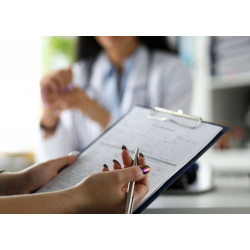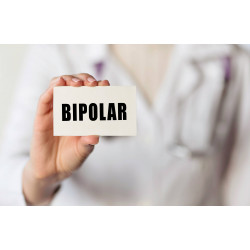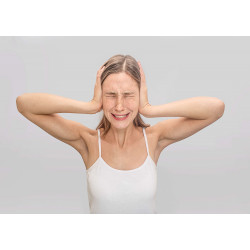PERSONAL BLOG
What is Depression?
DEPRESSION
INTRODUCTION
Depression is a mental health disorder characterised by persistently low mood or loss of interest in activities, resulting in significant impairment in daily life.
In the International Classification of Diseases-11(ICD-11), a depressive episode is characterised by the presence of at least five of ten symptoms that must occur most of the day, nearly every day, for at least two weeks.
One of these symptoms must be a depressed mood or loss of interest and enjoyment in previously pleasurable activities (anhedonia).
The symptoms of depression are divided into major and minor symptoms.
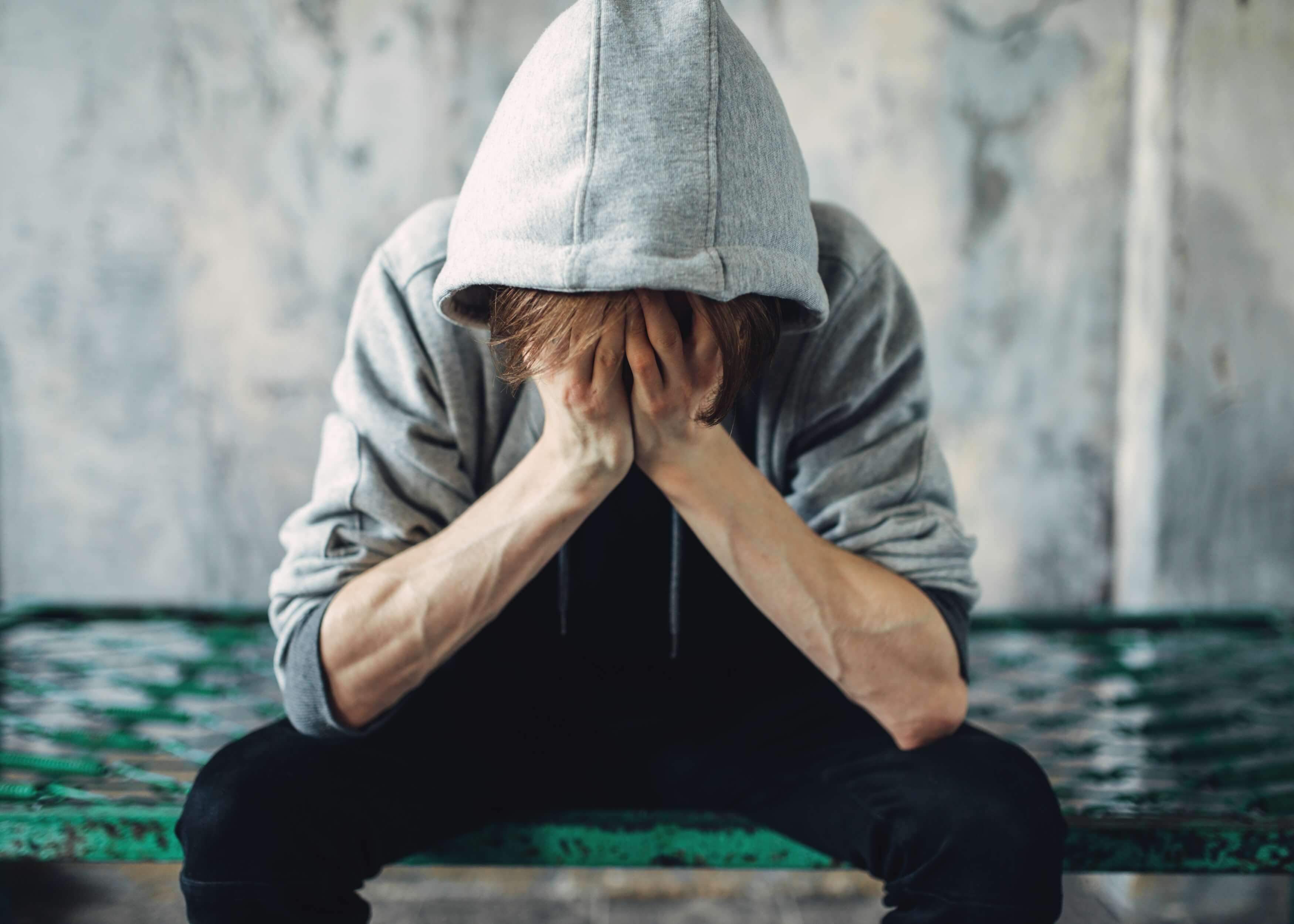
Major Symptoms:
- Depressed or low mood. ☹️
- Loss of interest and enjoyment in previously pleasurable activities. (anhedonia) 😑
- Reduced energy leads to increased fatiguability and diminished activity (marked tiredness after a slight effort is common). 🥱
Minor symptoms:
- Reduced ability to concentrate and sustain attention. 🥴
- Reduced self-esteem and self-confidence. 🙁
- Belief of low self-worth and excessive or inappropriate guilt. 😔
- Bleak and pessimistic views of the future. 🥺
- Ideas of self-harm or suicide or evidence of attempted suicide. 😣
- Significantly disturbed sleep or excessive sleep. 😫
- Diminished appetite or weight. 🍴
Note: For a positive diagnosis, the symptoms must:
- Be present for at least 2 weeks and represent a change from normal.
- Cause significant distress and/or impairment of social, occupational, or general functioning.
- Not be a manifestation of another health condition, due to the effects of drug or alcohol misuse, medication or better accounted for by bereavement.
EPIDEMIOLOGY:
- Depression is a very common illness worldwide with approximately 3.8% of the total population affected. Approximately 280 million people in the world have depression.
- Prevalence - Female:Male = 2:1.
- It can affect adults, adolescents, and children.
AETIOLOGY:
Depression results from a complex interaction of social, psychological and biological factors.
Even though there is no known specific cause of depression, there are factors that predispose a person to suffer from depression.
These include:
- Genetics: A family history of depression makes one more likely to become depressed.
- Adverse live events: People who have gone through adverse life events like the death of a loved one, stress (physical, mental or emotional), traumatic events, isolation, or lack of any kind of support are prone to having depression.
- Medical conditions: Patients with physical pain and terminal illnesses are more likely to have depression. Illnesses like cancer and diabetes make one more prone to depression.
- Personality: People who are easily overwhelmed or have trouble coping may be prone to depression.
SYMPTOMS OF DEPRESSION:
These include:
- A low mood.
- Loss of interest or pleasure in activities once enjoyed (anhedonia).
- Reduced appetite.
- Unintentional weight loss.
- Reduced energy or fatigue.
- Feelings of worthlessness or guilt.
- Recurrent ideas of suicide or a suicide attempt.
- Reduced ability to concentrate and sustain attention.
- Reduced self-esteem and self-confidence.
- Bleak and pessimistic views of the future.
- Significantly disturbed sleep or excessive sleep.
- Loss of sexual desire.
- Slowed movement and speech.
- Some symptoms are found more in women such as: swings in mood, excessive tiredness, irritability, anxiety and pondering (dwelling on negative thoughts).
- Symptoms found more in men include: avoiding relationships and social situations, working without a break, exhibiting abusive behaviours in relationships, having trouble balancing work and family responsibilities.
- Symptoms of depression that may be found in students include: trouble concentrating on schoolwork, lack of sleep or excessive sleeping, decrease or increase in appetite, avoidance of social situations and activities they previously found pleasurable.
- Symptoms of depression usually found among teens include: a sense of guilt, helplessness, or worthlessness, removing oneself from friends and family, difficulty focusing on school activities and restlessness.
- Symptoms that can be found among children include: crying, defiant behaviour, clinginess, reduced energy and vocal outbursts.

TYPES OF DEPRESSION
Major Depressive Disorder
- It is also known as clinical depression. It is characterised by intense or overwhelming symptoms that last for more than two weeks.
- These symptoms make it difficult to go about one’s daily activities, that is, it must be severe enough to interfere with daily life.
Persistent Depressive Disorder
- It is sometimes called dysthymia. It is a type of depression that lasts for at least two years.
- The symptoms may improve or worsen over the course of the two years, but they remain present at some level.
Bipolar Disorder
- It is also known as manic depression. It is a condition in which symptoms of depression with manic or hypomanic states.
- You may experience any of the general depression symptoms during the depressive phases.
- During the manic phase, you may experience symptoms such as rapid speech, elevated mood, grandiose ideas (ideas of an exaggerated sense of one’s importance, power, knowledge, or identity), and others.
- Mania is similar to hypomania, but it is less severe. You may experience periods when you are neither depressed nor manic or hypomanic if you have bipolar disorder.
Major Depression with Psychotic Symptoms
- This type of depression is also known as psychotic depression. It is severe enough to cause psychotic symptoms, in addition to general depression symptoms.
- Disorganized thinking, delusions, hallucinations, catatonic symptoms, or marked psychomotor retardation (depressive stupor) are examples of these symptoms.
- The psychotic symptoms could be sad or upsetting, corresponding to the depressed mood, or they could include grandiose ideas, feeling excited, and appearing to be incongruent with the depressed mood.
Seasonal Affective Disorder
- It is also known as winter depression. Seasonal affective disorder is a depressive disorder that begins in the winter and ends in the spring.
- It may be related to the amount of natural light available during the day.
- Seasonal depression is characterised by symptoms such as social isolation, afternoon slump in energy, weight gain (as a result of increased carbohydrate craving), excessive sleeping.
- Seasonal affective disorder resurfaces each winter, year after year.
- Treatment is by bright light therapy.
Atypical Depression
- It is a subtype of major depression. It has symptoms such as irritability, increased appetite or significant weight gain, and increased sleep (hypersomnia) for at least 2 weeks.
- A person suffering this type of depression, may experience a feeling of heaviness in arms or sensitiveness of the legs that extend far beyond the mood disturbance episodes and results in significant impairment in social or occupational functioning.
- Also seen is a pattern of long-standing interpersonal rejection sensitivity that extends far beyond the mood disturbance episodes and result in significant impairment in social or occupational functioning.
Perinatal Depression
- When a woman is pregnant, she experiences perinatal depression. It can also occur after birth, which is referred to as postpartum depression.
- The symptoms of this disorder are similar to those of major depression, with the most common being anxiety, sadness, and fatigue.
- The symptoms may be severe enough to impair the mother’s ability to properly care for her infant.
Premenstrual Dysphoric Disorder (PMDD)
- Some women suffer from cyclic depressions that coincide with their menstrual cycles.
- Premenstrual Dysphoric Disorder (PMDD) is a mood disorder caused by hormones. It usually interferes with daily life for several days before a woman’s period.
- Along with the other usual symptoms of depression, this disorder has physical symptoms. Irritability is fairly common.
TREATMENT
- Treatment is biopsychosocial. Medications and psychotherapy are effective for most people with depression.
Medications
Examples are:
- Selective serotonin reuptake inhibitors (SSRIs) such as citalopram and fluoxetine.
- Serotonin-norepinephrine reuptake inhibitors such as duloxetine and venlafaxine.
- Tricyclic antidepressants such as imipramine and amitriptyline. They generally are not prescribed unless you’ve tried an SSRI first without improvement.
- Monoamine oxidase inhibitors (MAOIs) such as tranylcypromine and phenelzine.
- Atypical antidepressants such as bupropion and nefazodone. These medications don’t fit into any of the other antidepressant categories.
- Other medications may be added to an antidepressant to enhance antidepressant effects such as mood stabilizers and anxiolytics.
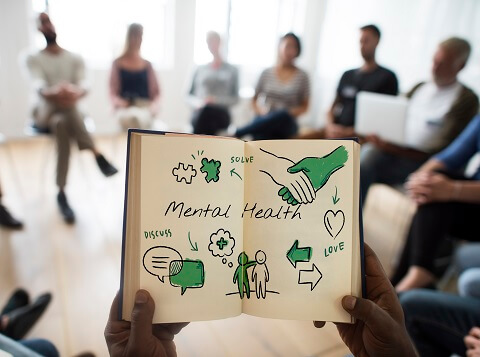
Psychotherapy
- This is a term for treating depression by talking about the condition and related issues with a mental health professional like a doctor or clinical psychologist.
- Types of psychotherapy include cognitive-behavioural therapy or interpersonal therapy, which have been shown to be effective in many research studies and clinical practice.
Cognitive Behavioural Therapy (CBT)
- Many clinical psychologists recommend CBT to patients suffering from a variety of depression disorders.
- Learning to recognize negative thoughts and behaviours is a component of this type of therapy.
- The next step is to modify any negative or incorrect thoughts or behaviours that may be contributing to the depression.
- During this process, your therapist serves as a guide and encourager but you are the one who learns and practices these techniques.
Interpersonal Therapy (IPT)
- Interpersonal therapy is another option for people suffering from depression.
- During IPT, the therapist will teach one how to express oneself and solve problems more healthily.
- One of the objectives is improving relationships with people in one’s life.
- This therapy also intends to teach one how to adapt to life’s challenges, improve social skills and gain support from those around.
Other Treatment Options
- For some people, other procedures, sometimes called brain stimulation therapies, may be suggested.
Electroconvulsive Therapy(ECT)
- Electrical currents are passed through the brain during ECT to influence the function and effect of neurotransmitters in the brain, thereby relieving depression.
- ECT is typically used for people who do not respond to medications, are unable to take antidepressants due to medical reasons, or are at high risk of suicide.
Transcranial Magnetic Stimulation (TMS)
- For those who have not responded to antidepressants, TMS may be an option.
- TMS uses a treatment coil placed against the scalp to deliver brief magnetic pulses to nerve cells in the brain involved in mood regulation and depression.
CONCLUSION
Depression is a common occurrence that causes pain, functional impairment, an increased risk of suicide, additional healthcare costs, and productivity losses. Effective treatments are available for depression when it occurs alone as well as when it co-occurs alongside other medical conditions.
By Jenyo Ayomide
I-Medics Ambassador
Related Articles
Tips to maintaining mental health and what to do if you need help.
Everything you need to know about Depression in 60 seconds!
Everything you need to know about Antenatal depression in 60 seconds!
Everything you need to know about Postnatal depression in 60 seconds!
Everything you need to know about Depression in Children in 60 seconds!
Everything you need to know about Bipolar Disorder in 60 seconds!
Everything you need to know about Psychosis and Schizophrenia in 60 seconds!









